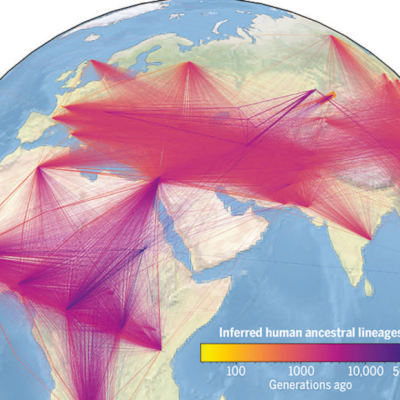The discovery of bones from mass graves in the UK has revealed that the plague reached Britain around 4,000 years ago. Researchers from the University of Tübingen, the University of Sterling, and the Max Planck Institute for Evolutionary Anthropology have reconstructed the origin of the Black Death, which killed around 60% of Europe’s population in the Middle Ages. Now, scientists from the Francis Crick Institute, the University of Oxford, the Levens Local History Group, and the Wells and Mendip Museum have discovered the oldest evidence of the plague in Britain.
The researchers took small bone samples from 34 individuals from a mass grave in Charterhouse Warren and a hill grave in Levens. They examined the samples in a special clean room for the Yersinia pestis bacterium, which they extracted from the tooth and dental pulp, which can capture DNA remnants of infectious diseases. They then analyzed the DNA and identified three cases of Yersinia pestis in two children estimated to be between 10 and 12 years old at the time of their death and in a woman aged around 35 to 45 years old. The radiocarbon method showed that the three individuals probably lived at the same time.
The researchers found that the plague had already been detected in several individuals from Eurasia between 5,000 and 2,500 years ago, a period that includes the late Neolithic and Bronze Age, but had not yet appeared in Britain at that time. The wide geographic distribution suggests that this strain of the plague may have spread easily. The LNBA line was likely brought to Central and Western Europe around 4,800 years ago by people who spread in Eurasia. The results suggest that it also spread to Britain.










